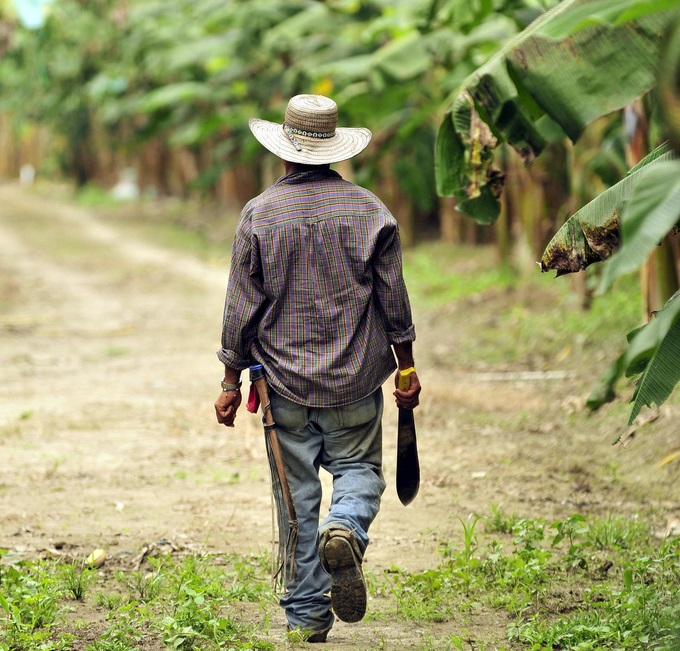BRAZIL
In mid-2011, construction started on Brazil’s Belo Monte hydroelectric dam on a southeast tributary of the Amazon started and by early 2015 should supply 18 million people with its 11,200 MW capacity. Of course, that’s when the Xingu river is flowing at full strength. The average capacity will generate 4,500 MW. Folha de Sao Paolo, Brazil’s largest newspaper, has just published a special report on the dam, its construction and is in particular an exploration of the workforce—which just reached a maximum of 25,000 back in October. Several breathtaking photos, videos, nice data visualization, and even a worker satisfaction survey.

LATIN AMERICA
Latin America is the world’s leading exporter of bananas, almost all of which are of the Cavendish variety. But with that species homogeneity comes susceptibility to disease. A new report from Nature points out the threat to Latin America’s banana crop from a fungus called Fusarium. The blight—which can be transmitted through contaminated soil—has been found in Taiwan, Indonesia, Malayasia, China, the Philippines and Australia. Scientists argue that maintaining biodiversity in banana varieties and bolstering heirloom cultivars will help mitigate crop diseases and pests. Worth a read is also a New Yorker piece from 2011.
CHILE
Invasive species are threatening the biodiversity on the UNESCO designated bioreserve Juan Fernandez islands off the coast of Chile. The country’s La Tercera newspaper interviewed a handful of scientists working on staving off the extinction of dozens of species of flora and fauna including a species of tree that’s only known to live in one ravine on Robinson Crusoe island. One scientist quoted was worried about funding for research and suggested making the islands a scientific research base like the Galapagos Islands in Ecuador.
COSTA RICA
What is the quality of drinking water in Costa Rica? An interesting project borne out of an NPR-sponsored hackathon has tried to answer this question. Through data mining and visualization, the team looked at the province of Guanacaste, population: 28,654, and determined that 8% drink water that’s not potable.
COLOMBIA
Colombia is the most avian-rich country in the world with over 1,900 species. 206 of these are endangered, says Paul Salaman, CEO of Rainforest Trust, a conservation organization that purchases and protects land in Latin America.
